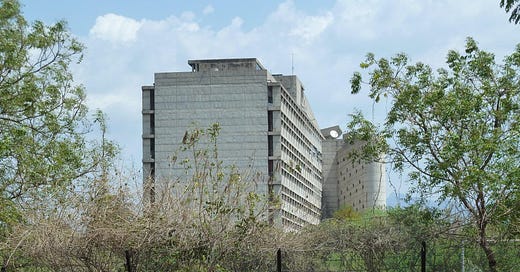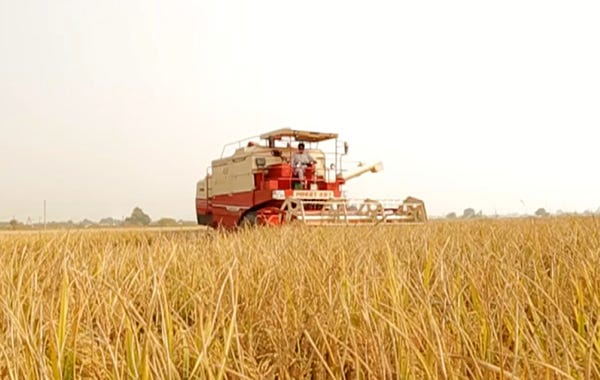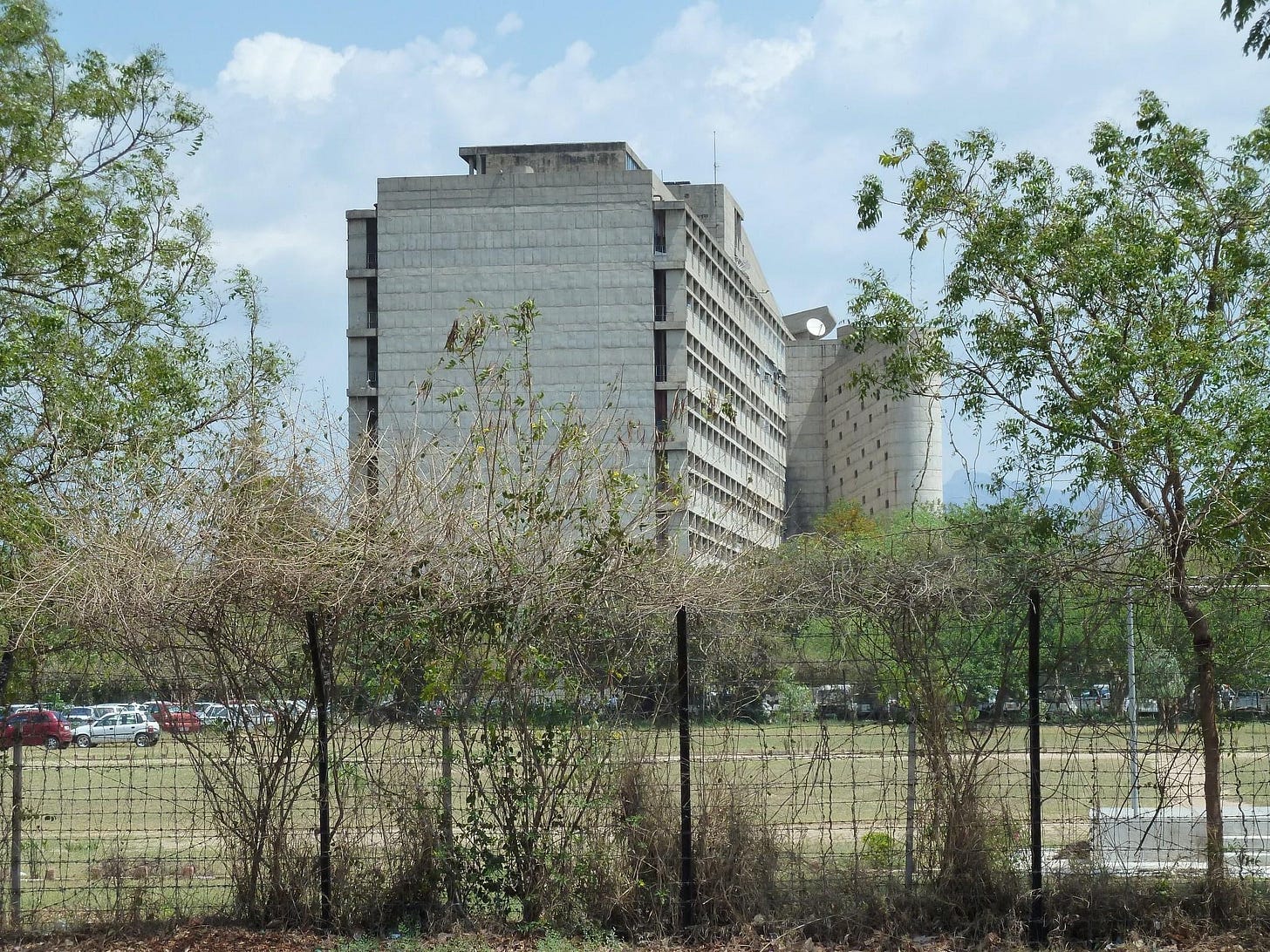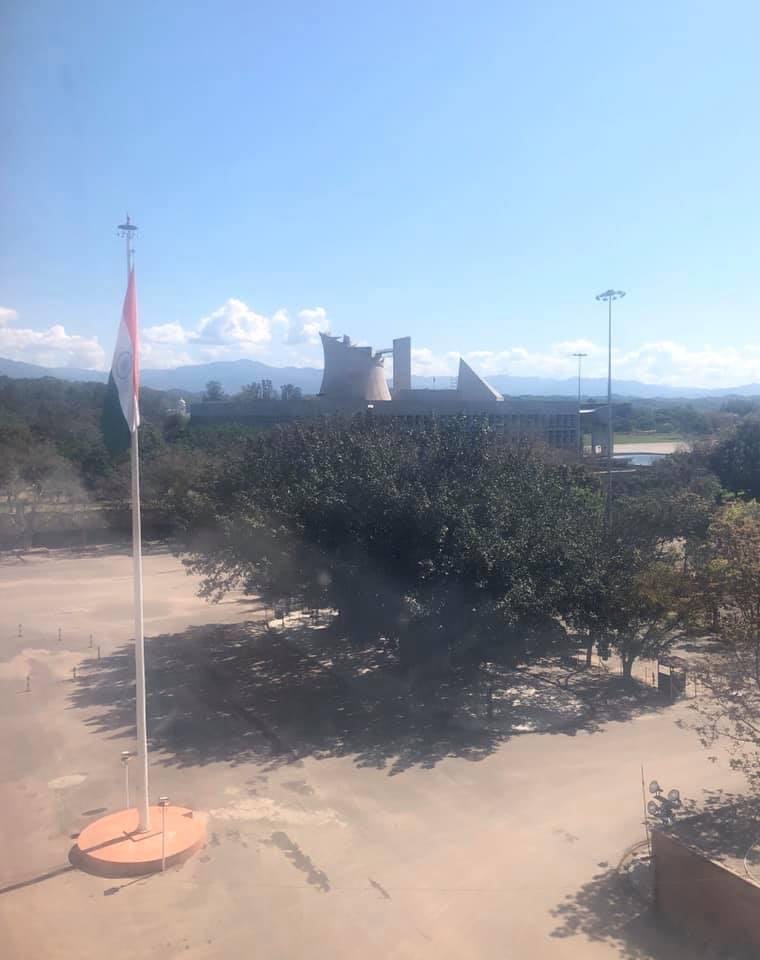"Punjab on the Brink: Save it from Socio-economic Collapse"
Punjab's Precarious Socio-economic Condition: Tackling Agricultural Saturation, Labour Shortages, Unemployment, Social Tensions, and Brain Drain to Avert Impending Catastrophe.
Introduction: Punjab, once the epitome of prosperity and abundance, now faces a grim future. The time has come to awaken the Punjabis and non-Punjabis alike to the urgent need for action. If we do not address the pressing socio-economic challenges, Punjab may be destined for a catastrophe that is closer than we imagine, even in our wildest of dreams.
We often rely on statistics, but these do not reveal the full picture. These figures below may not indicate a cause of imminent alarm, but we need to skim and swim below the surface.
Per Capita Income:
Punjab's per capita income in 2020-21 was INR 1,76,968 (source: Directorate of Economics and Statistics, Government of Punjab).
The national average per capita income for the same period was INR 1,29,811 (source: Central Statistics Office, Ministry of Statistics and Programme Implementation).
Literacy Rate:
Punjab boasts a relatively high literacy rate of 80.63% (source: Census 2011, Office of the Registrar General & Census Commissioner, India).
However, there are still pockets of lower literacy rates, particularly among marginalized communities and rural areas, where concerted efforts are needed for improvement.
Industrial Investment:
According to data from the Department of Industries and Commerce, Government of Punjab, the state attracted INR 14,647 crore in industrial investment during the financial year 2020-21.
This investment was primarily focused on sectors like textiles, food processing, pharmaceuticals, and automobile components, indicating potential growth opportunities in these areas.
Agricultural Crisis: Punjab's agriculture has reached a saturation point, primarily driven by excessive cultivation of water-intensive crops like paddy. The overexploitation of groundwater has led to a declining water table, posing a grave threat to the sustainability of farming practices. Additionally, agricultural prices are not remunerative, discouraging the traditional entrepreneurs from investing in agro-processing industries that could add value to this produce.
Labour Shortage, yet Unemployment: Obtaining skilled and unskilled manual labour, for the agricultural as well as industrial sector, both locally as also from other states like Uttar Pradesh and Bihar, has become increasingly difficult. The implementation of the MNREGA program has inadvertently made it challenging to secure the necessary workforce. On the other hand, the state is now grappling with rampant unemployment among the educated and qualified, leading to a host of social problems such as drug abuse and alcohol addiction, and petty as well as organised crime related thereto.
Social Tensions: Underlying social tensions between various groups, often brushed under the carpet, such as the Jat Sikhs vis—vis Scheduled Castes and landowners versus farm labour, further exacerbate Punjab's woes. This in addition to the stresses created in the rural landscape by the Christian missionaries, who are trying their level best to convert people from the lower strata of the society. These conflicts hinder progress and unity, preventing the state from effectively tackling its challenges. Additionally, tensions arise between industrialists and laborers from other states, causing unrest in the industrial sector.
Brain Drain and Lack of Indigenous Startups: Punjab faces a significant brain drain as its young population migrates to countries like Canada, Australia, and New Zealand through avenues like the IELTS route. The allure of better opportunities and education abroad, coupled with the absence of favorable conditions at home, leads to a net outflow of wealth from Punjab. The lack of indigenous startups, especially in high-tech and biotechnology sectors, further compounds the problem.
Career in the Army? With the declining avenues for recruitment in the Armed Forces of the Union, rural Punjabi youth face further limitations in terms of employment opportunities. It is widely perceived, although not scientifically substantiated, that the Punjabi youth are unable to meet the physically demanding standards required by the Army. Anecdotal evidence suggests that drug addiction and alcoholism may be contributing factors to this trend. Moreover, the "Agniveer Scheme" has rendered a career in the Armed Forces even less attractive. Consequently, youth from this socio-economic and educational background are compelled to seek livelihood opportunities elsewhere, exacerbating the challenges faced by Punjab.
Lack of Competitive Advantage: Punjab's geographical location and its proximity to the border make it a less attractive destination for medium and heavy industries. The absence of competitive advantages in terms of marketing-cum-export infrastructure and limited railway connectivity is a major constraint. Further, sheer geographical distance from the markets of finished goods as well as from the source of raw materials, hampers the State's industrial growth potential. The prices of land are relatively high and the environmental clearances are difficult to obtain in this thickly populated state.Consequently, Punjab struggles to attract investments that could create job opportunities and stimulate economic development.
Cautious Optimism and the Way Forward: Despite the grim picture painted thus far, there is still room for cautious optimism. Punjab's entrepreneurial spirit remains strong, providing a glimmer of hope. To reverse the trajectory and save Punjab from an impending disaster, it is crucial to foster an ecosystem that encourages indigenous startups, particularly in high-tech sectors and biotechnology. Creating an environment conducive to innovation and entrepreneurship will not only create employment opportunities but also retain wealth within the state. (Click below for a separate story in this regard)
Moreover, it is imperative to address the social tensions that divide the people of Punjab. Promoting unity and social harmony will pave the way for collective progress and development. The government, civil society organizations, and individuals must come together to bridge gaps and foster a sense of belonging among all residents of Punjab.
"Innovation, Job Creation, and Economic Growth: The Case for Start-ups in Punjab"
Introduction: Unemployment among the Punjab Youth Unemployment is a major problem in India, especially among the youth. Punjab is no exception, with its youth facing a veritable drought of suitable employment opportunities. While agriculture has been the backbone of the state’s economy, it has reached a saturatio…
Conclusion: The future of Punjab hangs in the balance, with socio-economic and cultural implications at stake. Unless immediate action is taken, Punjab risks becoming a deserted and desertified entity, devoid of its Punjabi language, people, and identity. We must act now to mitigate the challenges faced by Punjab, preserving its rich heritage and ensuring a prosperous future for generations to come. Let us rise above pessimism and work collectively to rejuvenate Punjab, for it is in our hands to shape its destiny.
Governments alone are not capable of achieving this.








KBS Sidhu: Thanks for your critical analysis of Punjab Problem. I read with deep interest your article: Punjab's Precarious Socio-economic Condition: Tackling Agricultural Saturation, Labour Shortages, Unemployment, Social Tensions, and Brain Drain to Avert Impending Catastrophe. The Problems are well identified but the SOLUTIONS are not provided.
Bleak hope for alacrity wrt addressing these problems Sir. We have been under a kakistocracy for quite some time now 😮💨